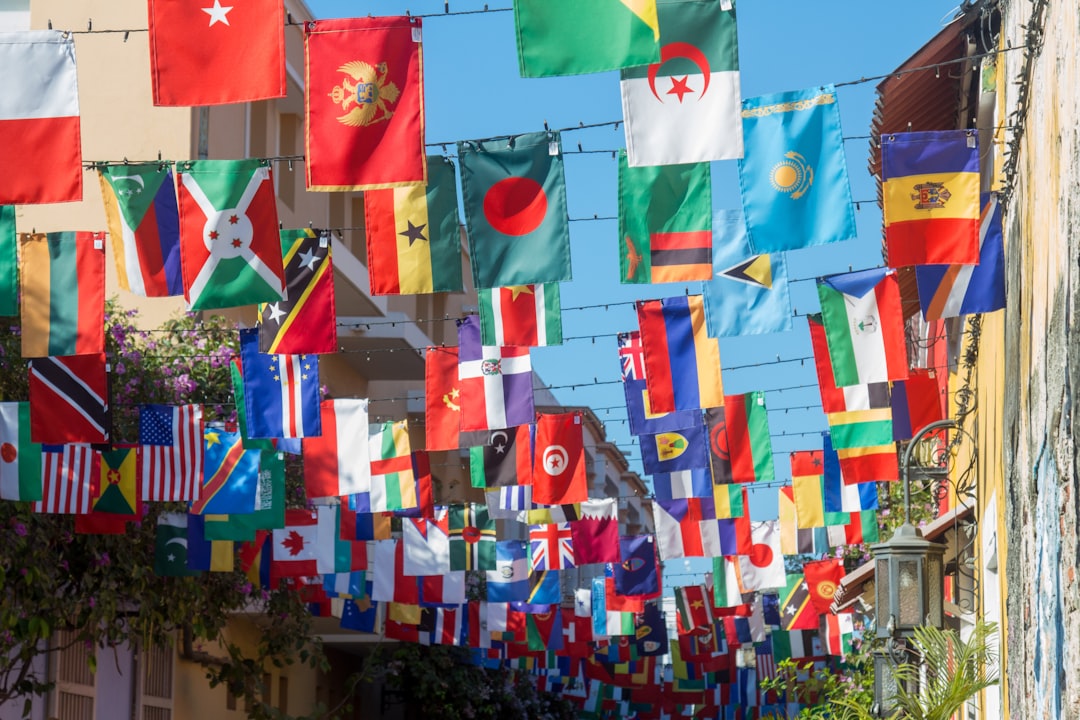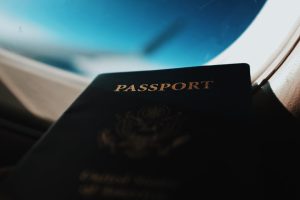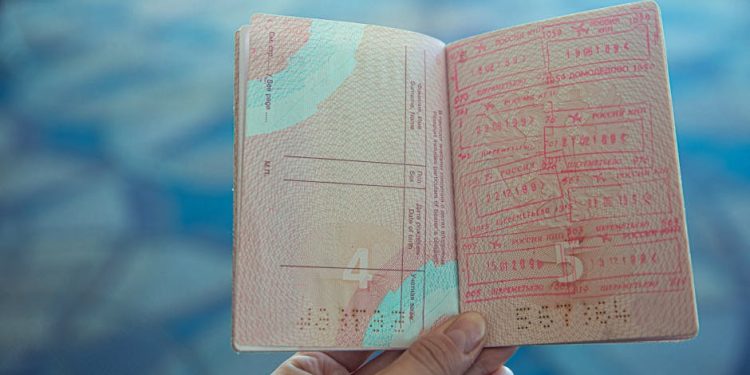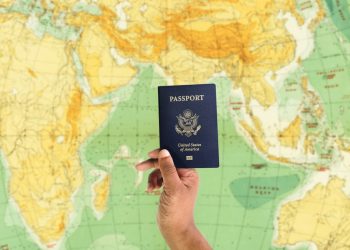No products in the cart.
New H-1B Visa Fee: A Challenge for International Students
The new $100,000 H-1B visa fee poses significant challenges for international students in the US. Discover the implications for your career.
On September 22, 2025, the Trump Administration made headlines by signing a proclamation that sets a staggering $100,000 fee for H-1B visa applications. This move sends ripples through the international student community, particularly among those who dream of building their careers in the United States. For many, the H-1B visa is seen as a golden ticket, a bridge to professional opportunities that can transform lives.
However, this new fee is not just a number; it represents a formidable barrier for countless young talents eager to contribute to the American economy. The H-1B visa has long been a lifeline for skilled workers from across the globe, allowing them to bring their expertise to the U.S. tech industry, healthcare, and beyond. Yet, the recent proclamation raises an urgent question: who can afford to pay this new toll?

For students like Priya Sharma, a 23-year-old from India, the implications are profound. She is currently pursuing a Master’s degree in Computer Science at a prestigious U.S. university, with dreams of working at a leading tech firm. Priya’s story is not unique; thousands of international students share similar aspirations. However, as the clock ticks down to graduation, the financial hurdles are escalating. With the cost of education already straining their budgets, the prospect of an additional $100,000 fee feels insurmountable.
 Product Development and Innovation
Product Development and InnovationNerdzFactory’s Vision for Nigeria’s Tech Landscape
NerdzFactory is pioneering free talent programs in Nigeria, aiming to transform the tech landscape and inspire innovation across emerging markets.
Historically, the H-1B visa has been a beacon of hope. In 2020, nearly 275,000 applications were submitted, reflecting the high demand for skilled workers in the U.S. market. Yet, as the visa landscape evolves, so do the challenges. The introduction of this exorbitant fee signals a potential shift in how America perceives and values international talent. Critics argue that this move could exacerbate existing inequalities, favoring affluent applicants while marginalizing those from less privileged backgrounds.
In 2020, nearly 275,000 applications were submitted, reflecting the high demand for skilled workers in the U.S.
Beyond the financial implications, there is a cultural element to consider. The U.S. has long prided itself on being a melting pot of innovation, drawing talent from every corner of the globe. This new fee may deter the very individuals who have historically fueled the American Dream. Companies like Google, Microsoft, and Amazon have thrived on the contributions of diverse minds, yet they may soon face a talent drought if this trend continues.
Moreover, the new fee raises questions about the future of the gig economy and side hustles. Many international students supplement their income through freelance work or short-term contracts, but the added financial strain of the H-1B fee could limit their ability to pursue these opportunities. For example, a student who might have considered developing an app or starting a small business may now hesitate, fearing that the financial burden of the visa application process will outweigh potential rewards.
 Economic Policies
Economic PoliciesImpact of Trump’s $100,000 H-1B Visa Fee on Job Market Dynamics
Trump's new H-1B visa fee is altering the landscape for skilled workers. Discover the implications for job seekers and employers.
Read More →Looking ahead, the impact of this new policy could extend beyond individual students. Universities may see a drop in international enrollment as prospective students weigh the costs against the benefits of studying in the U.S. A decline in enrollment could lead to reduced funding for academic programs and research initiatives, ultimately diminishing America’s competitive edge in the global market.
But all hope is not lost. Advocacy groups are rallying to challenge this proclamation, arguing that it contradicts America’s core values of inclusivity and opportunity. Young professionals, like Priya, are finding their voices, urging policymakers to reconsider this approach. They emphasize that the future workforce should reflect the diversity and innovation that has always been America’s strength.
They emphasize that the future workforce should reflect the diversity and innovation that has always been America’s strength.
As the debate continues, it’s essential for young people to stay informed and engaged. Understanding the implications of such policy changes is crucial for navigating the uncertain waters of their careers. Whether through social media campaigns, community forums, or direct outreach to lawmakers, students have the power to influence the conversation. They can remind decision-makers that the future of work belongs to a generation that thrives on collaboration, creativity, and inclusivity.
 Career Options
Career Options2024 Job Forecast: The 10 Careers That Will Explode (and Why You Should Get Onboard Now!)
The future is calling! Are you ready to answer? This groundbreaking article reveals the 10 hottest jobs that are exploding…
Read More →










